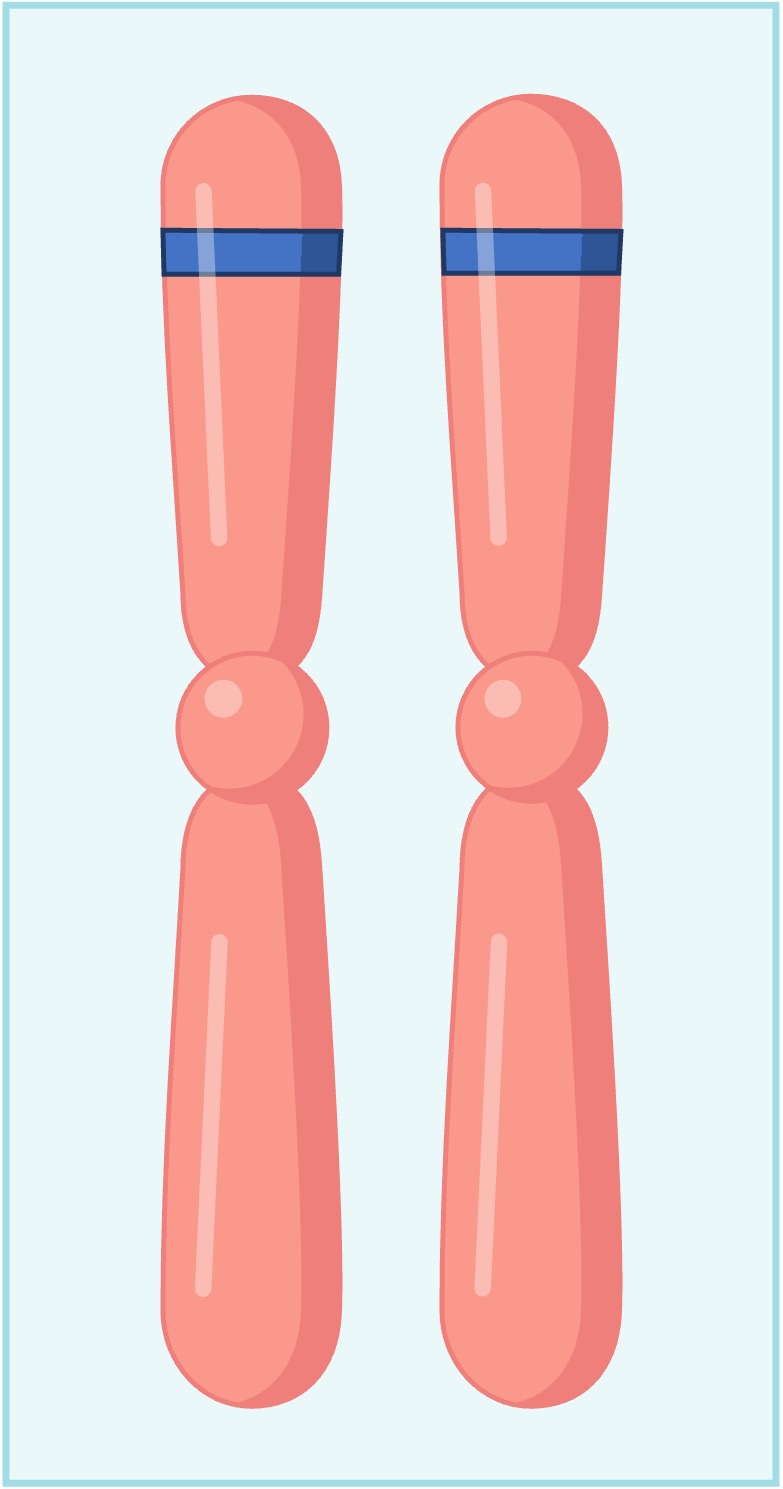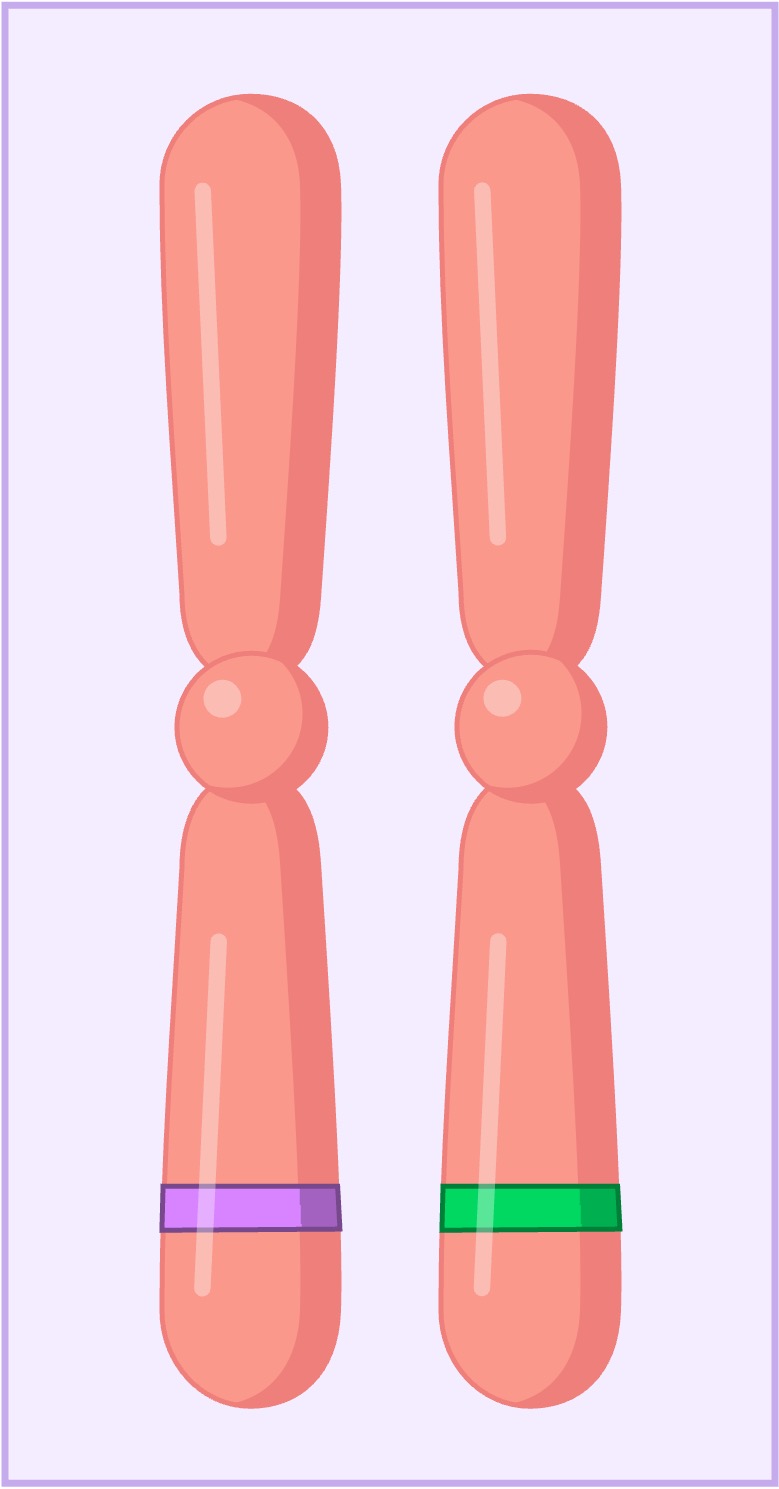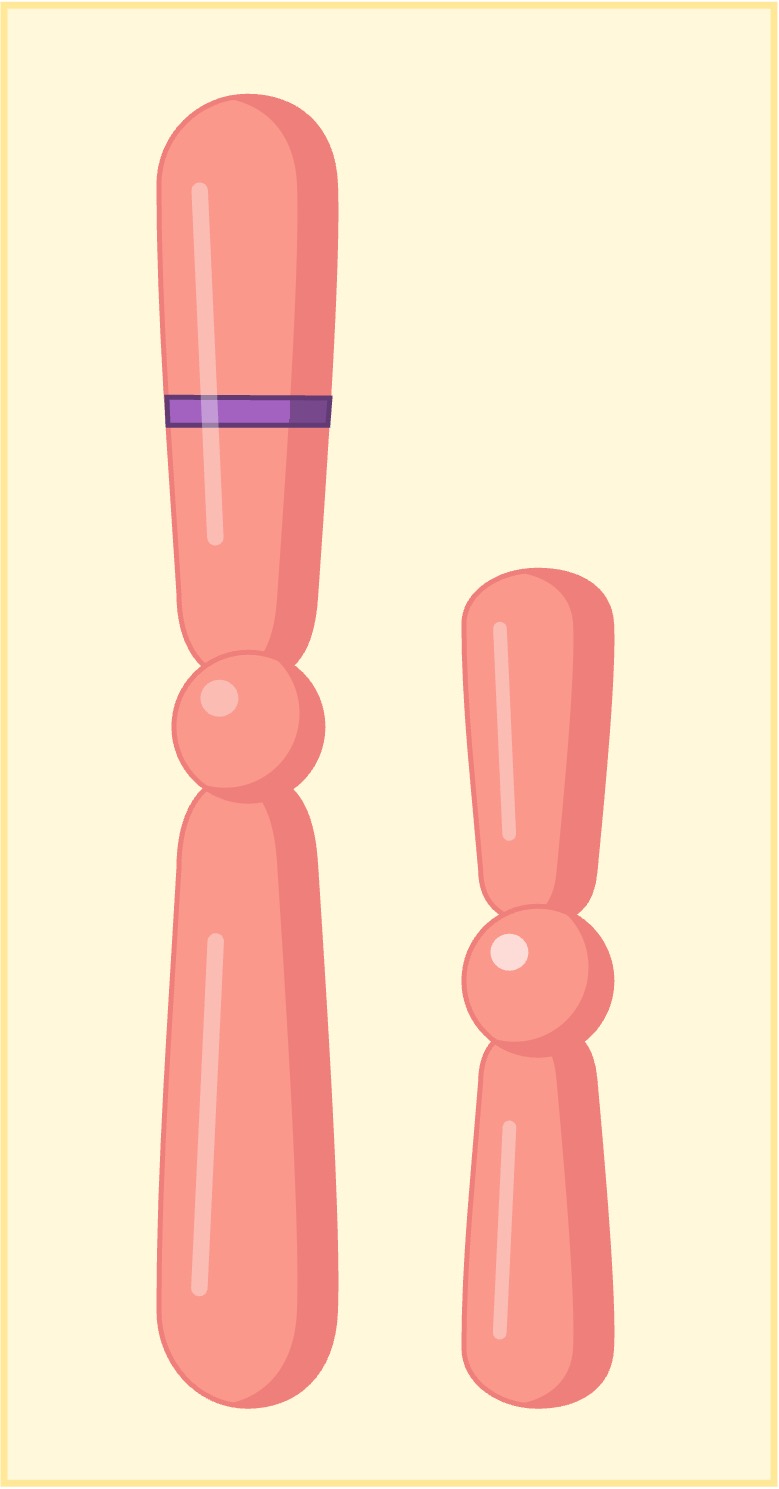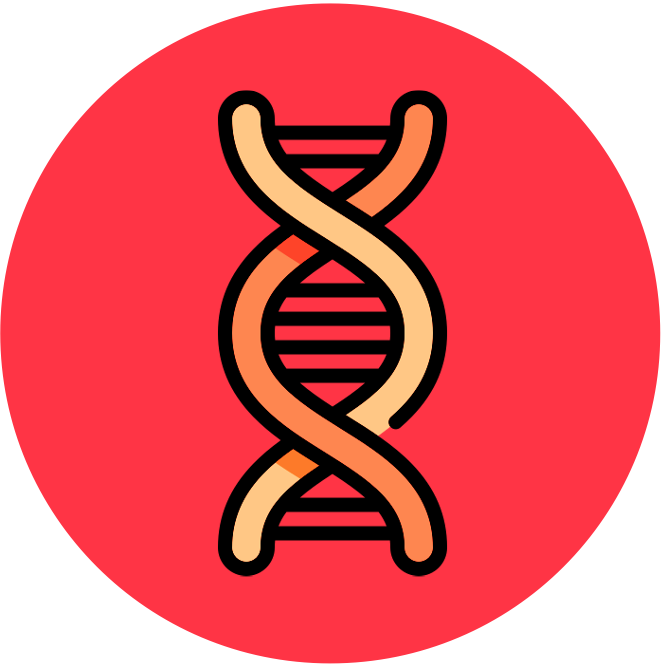

Genotype
Sexually reproducing organisms inherit their DNA sequences from both parents – meaning they will have two copies of every type of chromosome (one paternal and one maternal)
-
With the exception of the sex chromosomes, these paired chromosomes code for the same characteristics and are said to be homologous
Homologous chromosomes are chromosomes that share:
-
The same structural features (e.g. same size, same banding patterns, same centromere positions)
-
The same genes at the same loci positions
While homologous chromosomes share the same genes, because they came from different sources (maternal versus paternal origin) their base sequences may differ (they may code for different versions of the same trait)
-
These alternate forms of a gene are called alleles and diploid cells will possess two alleles for each gene
The allele combination for any given gene or trait is referred to as the genotype and can be characterised in the following ways:
-
Homozygous – An individual is a homozygote when the alleles for a given gene are the same
-
Heterozygous – An individual is a heterozygote when the alleles for a given gene are different
-
Hemizygous – An individual is a hemizygote when they only possess one allele for a given gene (males are hemizygous for all sex-linked traits)
Types of Zygosity

Homozygous
Identical

Heterozygous
Different





